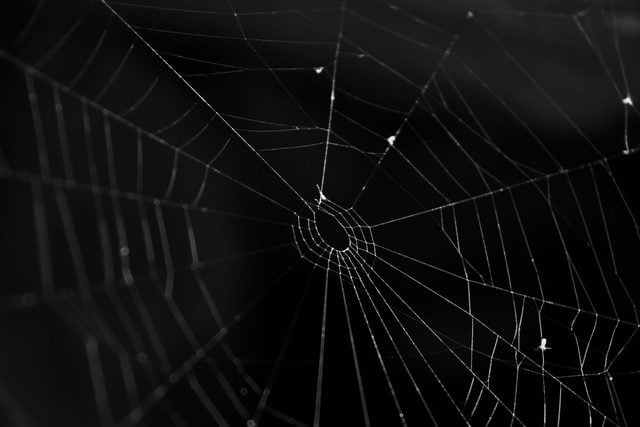
From massive beasts to tiny creepy-crawlies, these creatures have a reputation for being killers—and they are! But their death tolls are not nearly as high as you might think. Check out these prehistoric creatures that will give you nightmares.
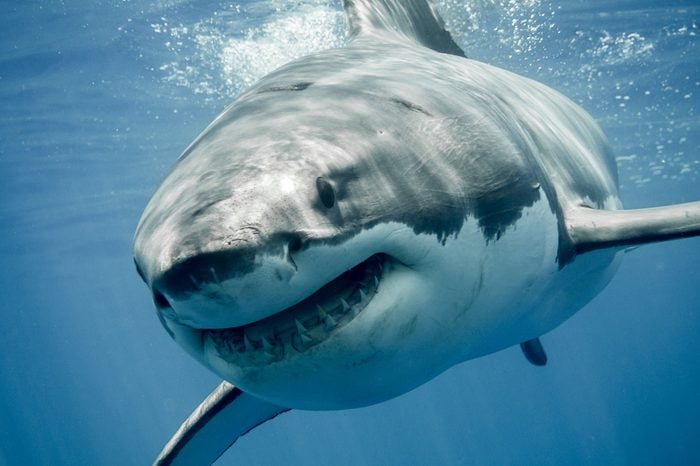
Sharks
For decades, Hollywood blockbusters have portrayed sharks as toothy killing machines with a taste for human flesh. But shark attacks, and fatalities, in particular, are probably much rarer than you think. Some species of sharks, like the whale shark and the basking shark, don’t pose a threat to humans at all, despite looking pretty menacing. Even the species of sharks responsible for the most attacks on humans (bull sharks, tiger sharks, and white sharks) don’t actively seek to eat humans. They prefer the taste of fish and seals and can actually find humans difficult to digest. On average, sharks are responsible for six human deaths a year. That’s notably fewer than some much less maligned creatures, including hippopotamuses, elephants, and cows (yes, cows)! Find out some more animals that you didn’t realize were more dangerous than sharks.
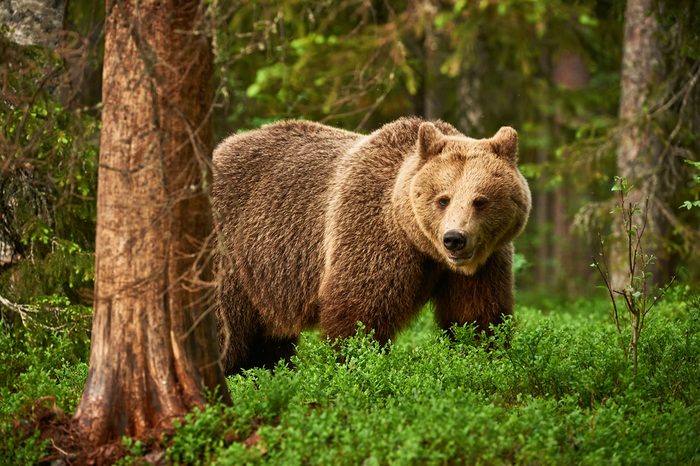
Bears
“Lions and tigers and bears, oh my!” While the Cowardly Lion is the gentle giant who befriends Dorothy’s gang in The Wizard of Oz, bears are actually the least deadly of the three predators from this famous scene. It can be challenging to get a precise estimate of how many humans lions and tigers kill per year, but it’s always quite a bit higher than bears’ statistics. Estimates of human deaths by both lions and tigers can range from 50 to 100, highest in countries such as Tanzania and India. Combined, brown and black bears only kill an average of one to three humans a year in their native United States and Canada. These animal species are so gross, they’ll make your skin crawl.
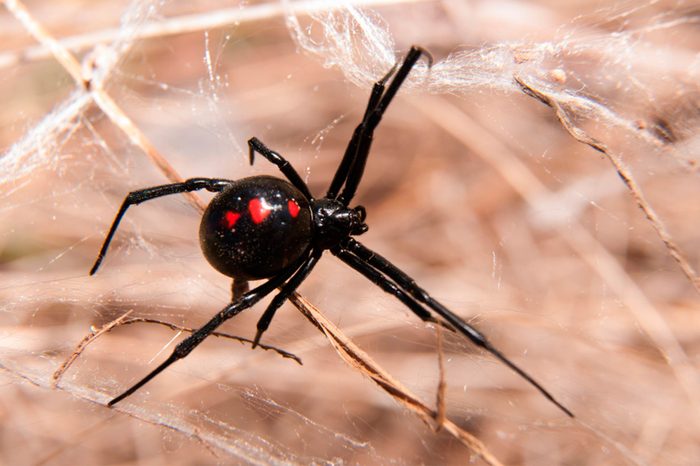
Spiders
Don’t get us wrong—black widow spiders are deadly. But many types of spiders—even some of the biggest and scariest-looking ones—don’t often bite and certainly can’t kill you. Spider bites cause an average of seven human deaths per year in the United States. That’s fewer than the number caused by significantly less feared creatures like ants, bees, and, believe it or not, freshwater snails. (They carry a deadly disease called schistosomiasis.) And even those creepy-crawlies’ death tolls pale in comparison to the animal that kills the most humans every year.
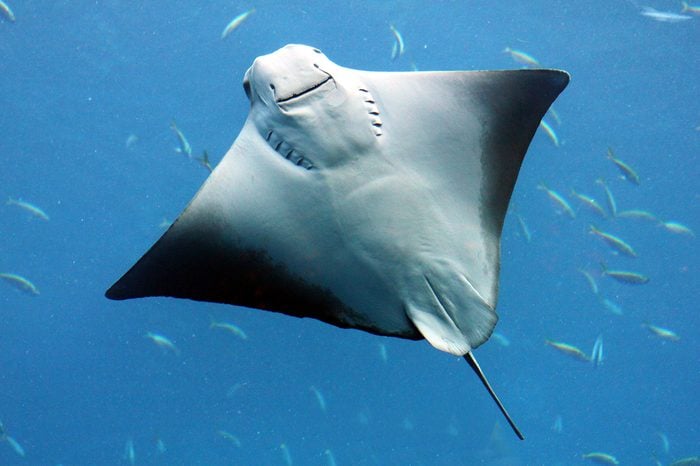
Stingrays
In 2006, Crocodile Hunter Steve Irwin tragically died after being stung in the chest by a stingray. But this tragedy was a major fluke; its extremely high-profile victim is the reason for the surge in the belief that stingrays are lethal. The reality is, stingrays are usually passive creatures that only sting if they feel threatened, and even then, they’re only responsible for an average of one to two human deaths a year. The stingrays’ barbs do contain venom, but it hardly ever kills, though it will cause excruciating pain. In fact, according to ScienceLine, Irwin most likely died from the trauma to his heart, not from the venom itself. These nocturnal animals are rarely seen by human eyes.
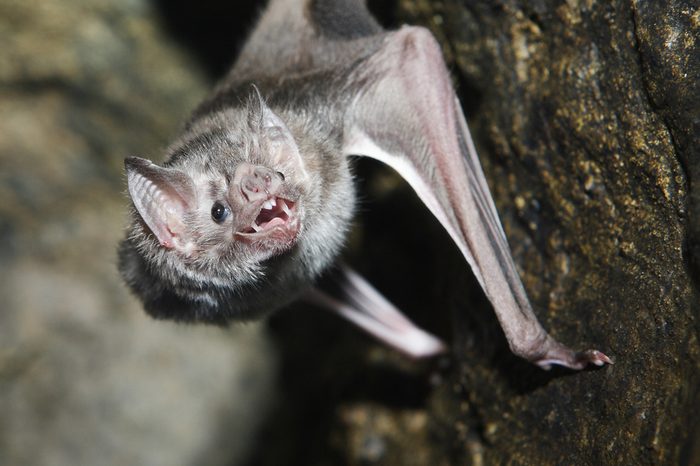
Vampire bats
They’re named after a famous killer from fiction and legend, and, well, they just look pretty darn creepy. Spookiest of all is the (accurate) scientific rumor that they can drink blood from their victims for 30 minutes without the victim even noticing. Despite all of these knocks against them, though, vampire bats are not especially deadly in the greater scheme of things. They much prefer the blood of livestock animals, like cows and horses, to that of humans. This doesn’t mean that they’re completely harmless, though. They have been known to bite humans, usually because their typical food supply of quadrupeds has dwindled, and, in rare cases, they can carry rabies. However, fatalities from vampire bats, and bats in general, are pretty rare. Find out the 12 most dangerous animal bites you can get.
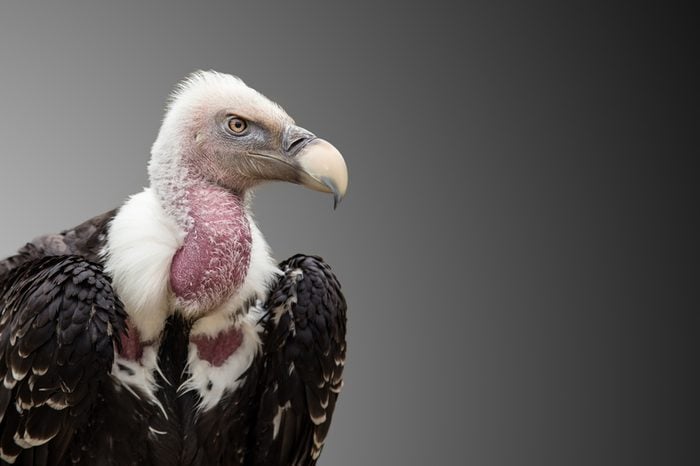
Vultures
These birds are ominous-looking enough as it is; their tendency to hover around creatures that are dead or dying, in both the wild and the media, doesn’t help their reputation. Their massive wingspans and sharp talons make them look aggressive, sure, but they almost exclusively feed off of creatures that are already dead. While vultures do seek out wounded or dying animals, the vulture won’t kill them itself. Check out the strangest animal found in each state.

Pit bulls
It might actually surprise you that dogs as a whole actually are pretty dangerous to humans. In addition to 20 to 30 Americans being killed by dogs per year, tens of thousands of human deaths each year result from rabies-infected canines. But many veterinarians take issue with banning or stigmatizing certain breeds of dogs, with pit bulls being the best-known example of this. The term “pit bull” can actually refer to as many as four different breeds of dogs, and, as such, many statistics citing pit bulls as overwhelmingly responsible for attacks are iffy at best. The American Veterinary Medical Association writes that “prohibiting or strictly regulating what is assumed to be the responsible breed” after dog attacks is just “a quick fix to a legitimate problem.” An animal’s treatment and socialization has a far bigger impact on whether or not it will be vicious than its breed, and many dogs that attack humans have been mistreated by humans in the past. Find out some more “facts” about pit bulls that are totally wrong, and the real facts to know.
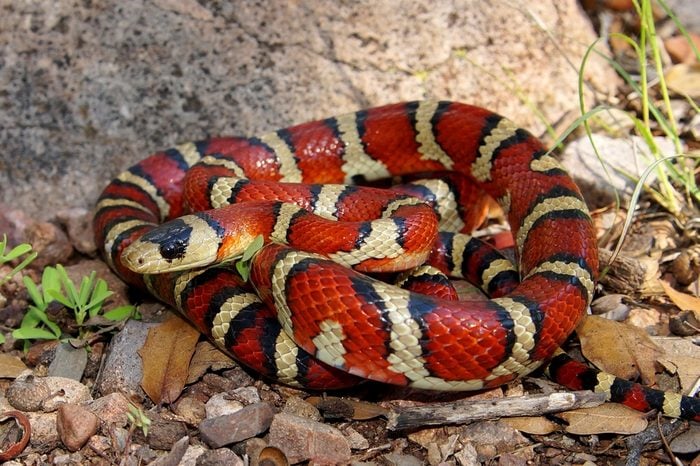
Milk snakes
Snakes are one creature that have indeed earned their reputation as killers, causing tens of thousands of human deaths every year. It’s important to take snake bites very seriously, but this reputation does lead people to assume that some perfectly harmless types of snakes are deadly, and the milk snake might be this trend’s most common serpentine victim. These North American snakes’ extremely similar coloring to the ultra-deadly coral snake is actually its best defense mechanism. Potential predators see that pattern of stripes and stay away. If you’ve ever heard the rhyme “Red and black, friend of Jack; red and yellow, kill a fellow,” you know how to tell these two snakes apart. Look close at its stripes to see if the red stripes are directly bordering black ones or yellow ones. (Or, on second thought, maybe don’t “look close” if you see a snake in the wild that you suspect is poisonous.)
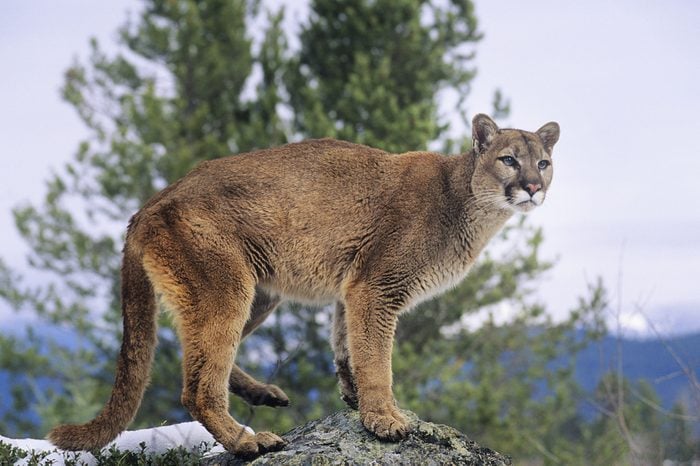
Mountain lions
These big cats—which you might also call cougars or pumas—are native to North America and are the subject of cautionary tales for many a hiker. Despite that, there are only 25 human deaths by mountain lions on record, period, since 1890. That’s an average of one every five years. If they do attack, it’s most likely the result of extreme circumstances like sickness or starvation. While they have been known to kill pets, deer, and livestock, mountain lions probably shouldn’t be high on humans’ list of animals to be afraid of. On the other hand, these 15 animals look innocent but are actually dangerous.
